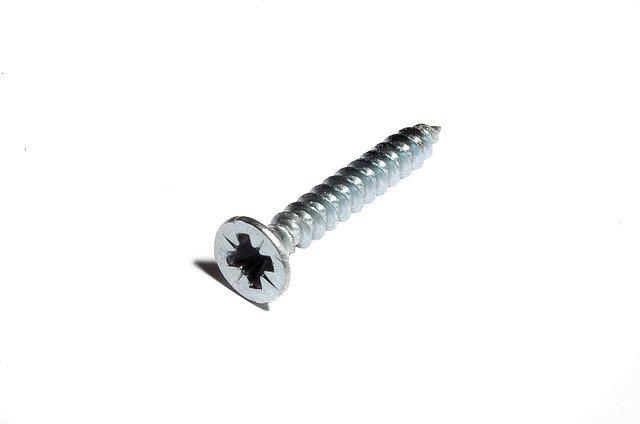 by Neil Dyson, Business Line Manager for Machinery Safety at TÜV SÜD Product Service
by Neil Dyson, Business Line Manager for Machinery Safety at TÜV SÜD Product Service
To meet the demands of technological change, many machinery end users must upgrade existing equipment and its interlinked infrastructure as the budget is not available to invest in new systems. However, even if the machinery was originally compliant and CE marked when it was first purchased and put into service, if substantial changes are made a new conformity assessment could be required.
The functionality or performance of a machine will also be changed if it is interlinked with other equipment as part of an assembly. This is a common oversight machinery end-users make, as they do not realise that this creates a complex assembly that must be CE marked.
There are two key areas of guidance to help machinery end-users identify if the modifications they have made will be considered substantial by the regulatory authorities. This includes the Health & Safety Executive (HSE) which states that if changes “are very substantial (e.g. significant new hazards and risks are introduced or new methods of control of the machine replace those previously provided, such as computer control of a previous manual machine) it may amount to being considered a “new” machine (or new assembly), for which you must undertake conformity assessment”.
The HSE goes on to state that even if changes to machinery are not substantial, such as refurbishment, the owner must still ensure that it continues to meet the requirements of the Provision and Use of Work Equipment Regulations (PUWER), as well as any other requirements which may also apply to the product.
To help identify what constitutes a ‘substantial change’, the HSE also outlines the different situations involving modifications to machinery where the requirements of the Machinery Directive are likely to apply and action must be taken:
- Machinery is modified so much that it should be considered as ‘new’ machinery. An example is the fitting of a computer control to a manually operated machine as it substantially changes its original mode of operation.
- Machinery refurbishment with a different safety package. If a substantially different safety strategy is put in place, even if the original machine was not CE marked because it pre-dated the Machinery Directive.
- An existing assembly of machines is modified. If it impacts substantially on the operation or safety of the whole assembly of machines.
- Machinery modified before it is first put into service. For machinery that is sold to an importer or a distributor who then modifies the machinery before it is put into service for the first time.
A second reference guide is the CEOC International document ‘Modification of Machinery in Service – Guide for Inspection’. This is the only document I have seen which has explicit modification guidelines to help machinery owners decide what action to take. The good news is that it is also a relatively short document that gives some incisive answers to the best approach to take.
As well as including an outline of the relevant legal aspects, the document gives clear guidance on what constitutes a ‘non substantial’ and a ‘substantial’ modification, helping the machinery owner to identify the correct path for them. It also outlines a useful procedure for the modification of machines that are both stand alone and within an assembly.
It defines substantial modifications in the following situations:
- If the original machinery has not been used as initial machinery, but as a source of parts in order to make something new, or if the original machinery is not identifiable any more (e.g. it is completely “stripped down” and only few original parts remain).
- If the originally intended function and/or use has been changed by this modification in a way that new or other hazards are created which need a complete new risk assessment of the machinery (e.g. the modification of a lifting table for use as vehicle servicing lift, or a fork lift truck for use as lift with defined levels, or lifting of persons with lifting equipment not designed for that, or otherwise to modify a flint mill for use with foodstuff, etc.)
- If machinery, intended to work in normal atmosphere, is transferred into dangerous environment (e.g. explosive atmosphere, underground work), or into places with specific requirements (e.g. in hospitals)
- If the intended user group for the modified machinery changes, in particular in case of specific machinery for experts (e.g. in laboratories)
- If original machinery is assembled with other machinery to an integrated unit, functioning in this combination as one new whole machine (see Annex pt.2.2 Assembly-“Complex combination”),
The CEOC International guidelines therefore leave no doubt as to what constitutes a ‘substantial’ change and the action that should be taken. If your machine is shown to have had a substantial change made, a full CE marking and PUWER assessment must be completed before that machine can be returned to service.
Neil Dyson, Business Line Manager for Machinery Safety at TÜV SÜD Product Service, a global product testing, inspection and certification organisation
Approaches to managing the risks associated Musculoskeletal disorders
In this episode of the Safety & Health Podcast, we hear from Matt Birtles, Principal Ergonomics Consultant at HSE’s Science and Research Centre, about the different approaches to managing the risks associated with Musculoskeletal disorders.
Matt, an ergonomics and human factors expert, shares his thoughts on why MSDs are important, the various prevalent rates across the UK, what you can do within your own organisation and the Risk Management process surrounding MSD’s.

 by Neil Dyson, Business Line Manager for Machinery Safety at TÜV SÜD Product Service
by Neil Dyson, Business Line Manager for Machinery Safety at TÜV SÜD Product Service